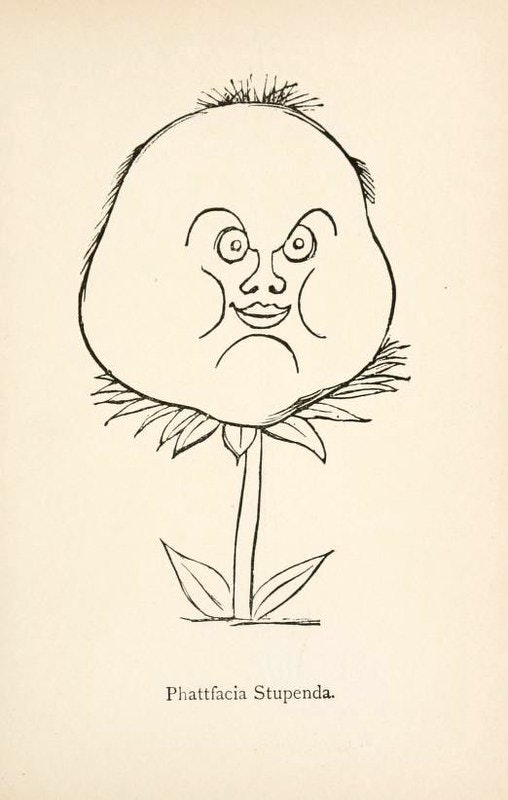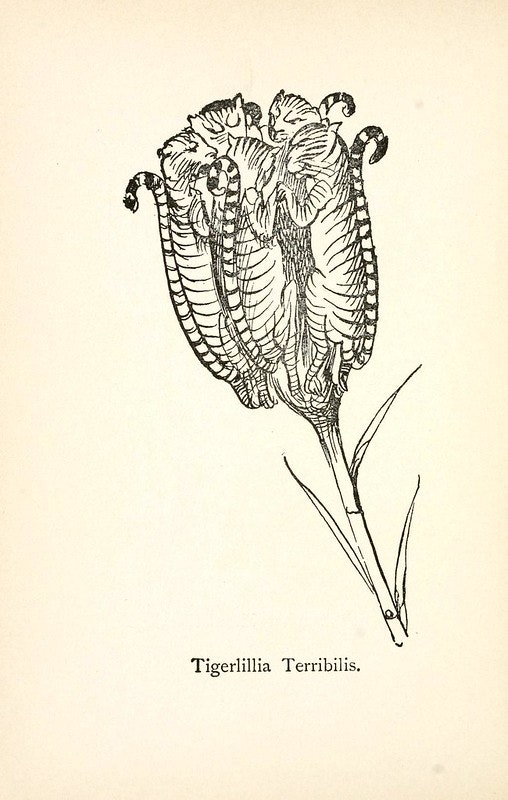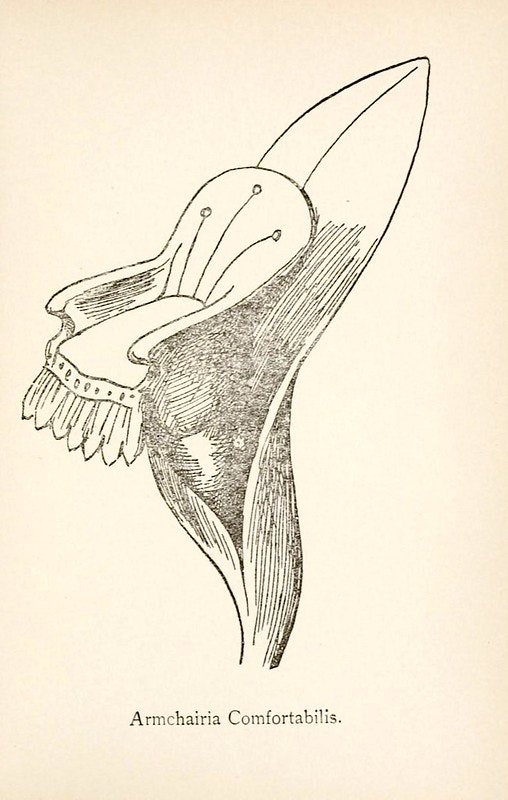

Ever since the Victorian era, Edward Lear’s “The Owl and the Pussy-Cat” has been a beloved poem that resonates through generations in the English-speaking world. While most people are familiar with this whimsical rhyme, it only scratches the surface of Lear’s artistic talent. Apart from his famous “nonsense” verse, Lear was deeply engaged with the natural world, showcasing his keen observation and lively portrayals as an illustrator.


Lear’s fascination with the natural world is evident in his work, which reflects his meticulous observations and knowledge of biology. He collaborated with John Gould, a prominent naturalist, and his illustrations demonstrated a Linnaean obsession with taxonomy and naming. Lear not only provided Latin names for real species but also created fantastical creatures and plants, as seen in his Non-sense Botany series.


According to The Dilettante, Lear’s imaginative reshaping of the physical world led to absurd landscapes and anthropomorphized beings, creating a surreal Learean universe filled with unique flora and fauna. His Non-sense Botany showcases his talent for blending fiction with reality, offering a taxonomy of whimsical plant-creatures that spark both amusement and wonder.
Explore Lear’s Non-sense Botany series and marvel at his extraordinary talent, which uncovers the ordinary within the amazing realm of nature. Through his illustrations and playful captions, Lear invites us into a world where imagination reigns supreme, leaving us captivated by his peculiar and enchanting creations.
Related content:
Behold an Interactive Online Edition of Elizabeth Twining’s Illustrations of the Natural Orders of Plants (1868)
Emily Dickinson’s Herbarium: A Beautiful Digital Edition of the Poet’s Pressed Plants & Flowers Is Now Online
Hortus Eystettensis: The Beautifully Illustrated Book of Plants That Changed Botanical Art Overnight (1613)
The Biodiversity Heritage Library Makes 150,000 High-Res Illustrations of the Natural World Free to Download
An Animated Reading of “The Jabberwocky,” Lewis Carroll’s Nonsense Poem That Somehow Manages to Make Sense
Based in Seoul, Colin Marshall writes and broadcasts on cities, language, and culture. His projects include the Substack newsletter Books on Cities and the book The Stateless City: a Walk through 21st-Century Los Angeles. Follow him on Twitter at @colinm a rshall or on Facebook.



